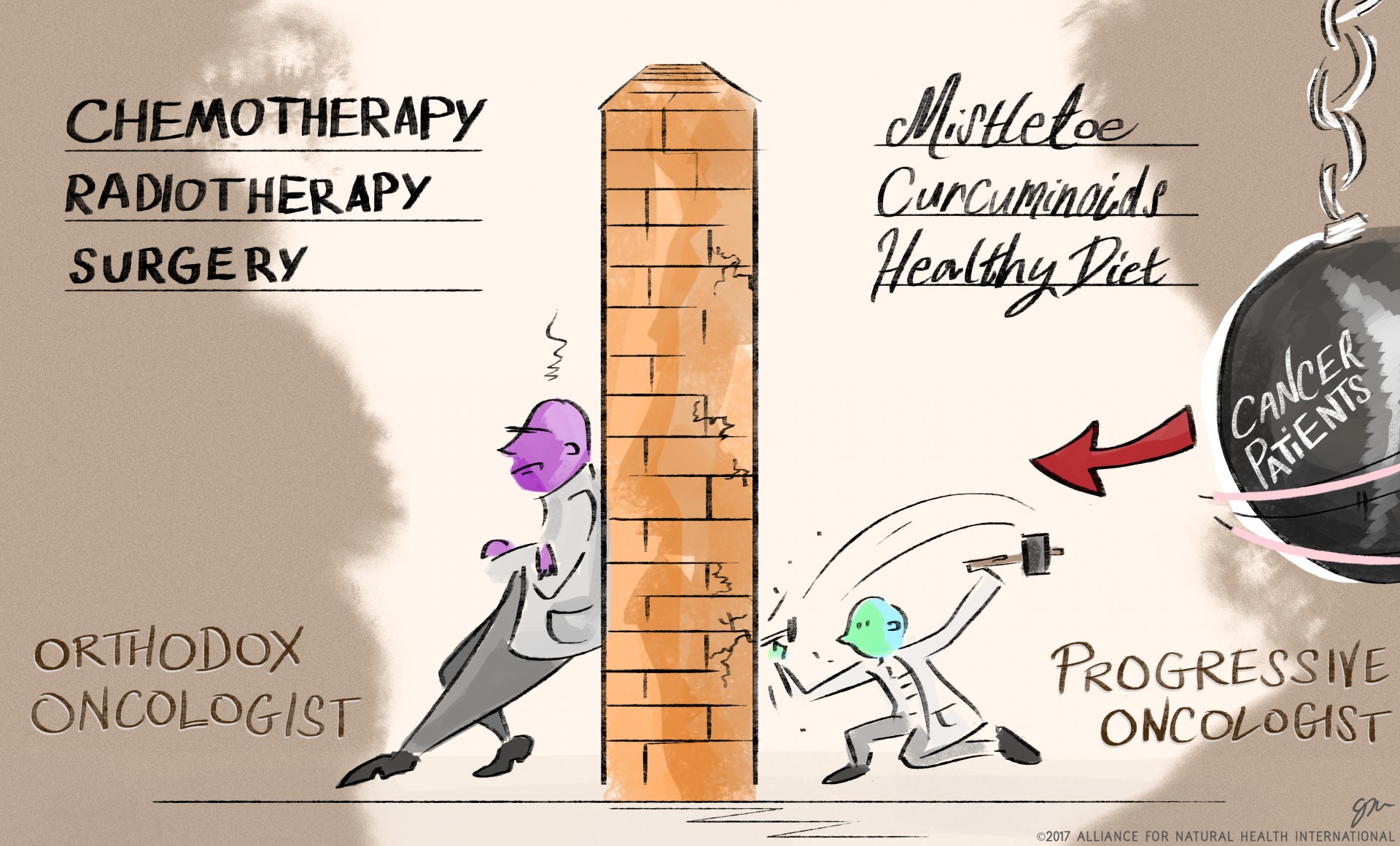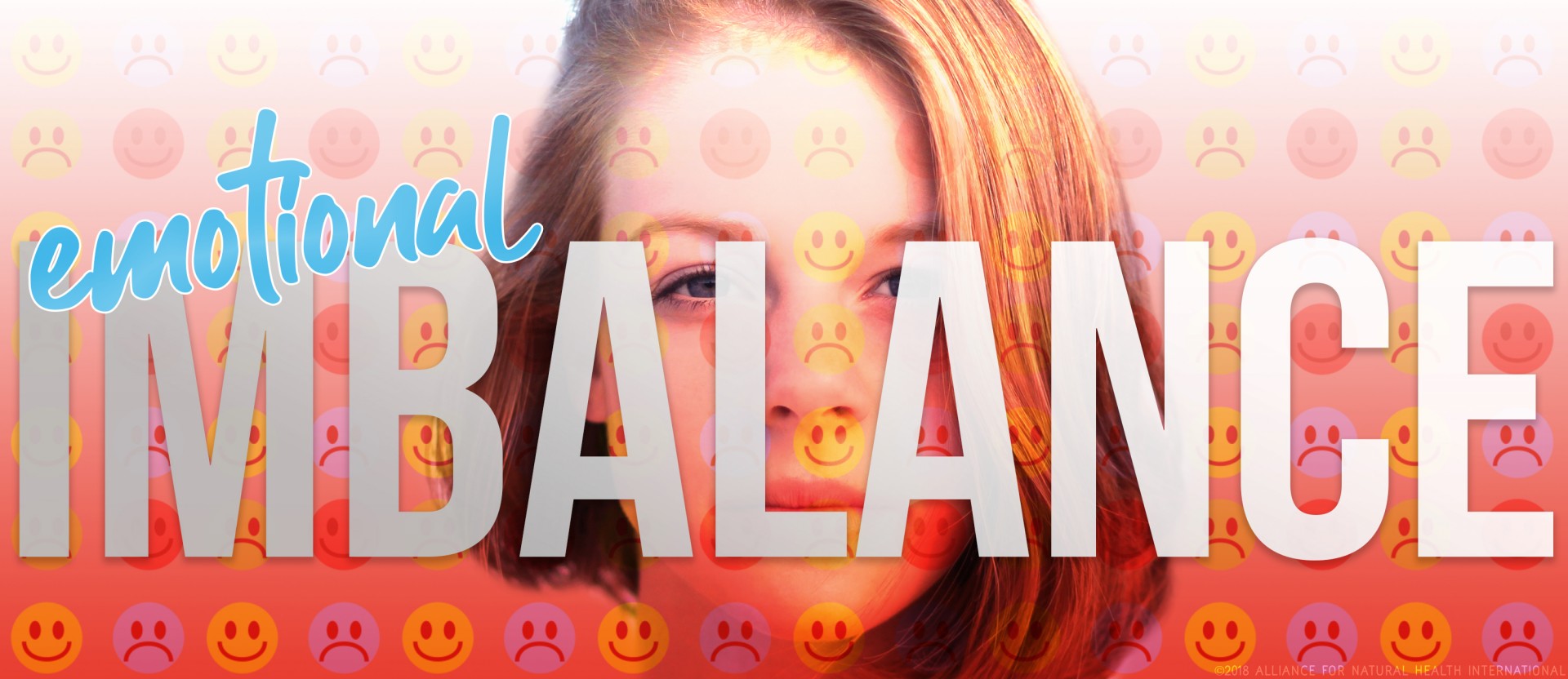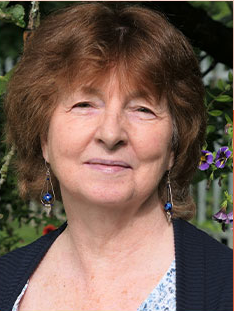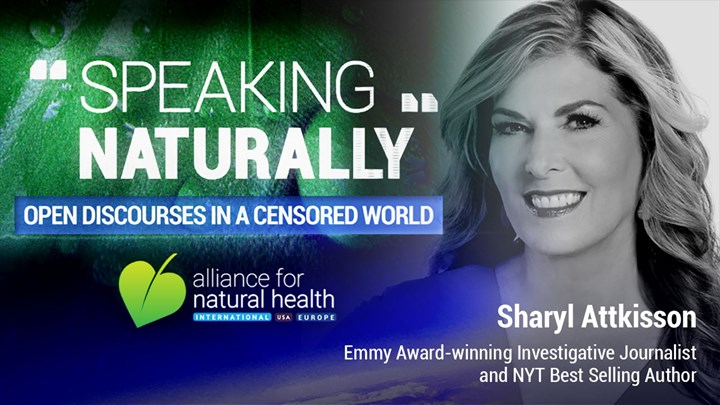By Rachel Nicoll PhD
Rachel Nicoll PhD trained as a nutritionist but is now a medical researcher, writer and lecturer. She has had contracts in Umea University, Sweden, and Helsinki University, Finland, but is now devoting most of her time to writing and lecturing in the UK. She organised and presented at Biolab’s Mitochondria Day and Long Covid Day, has lectured on various aspects of health at other conferences, schools of nutrition and at events run by supplement companies and has also presented on nutritional and immunological aspects of COVID-19. She served 5 years on the committee of the British Society for Ecological Medicine (BSEM), where she organised and presented at a number of events.
Following on from Jerome Burne’s interesting article ‘Revealing the Dark Matter of Cancer’, which explained Mark Lintern’s hypothesis of the micro-organism causation and cell suppression theory, I thought it might be helpful to offer a different perspective on cancer.
We already know that the body is unimaginably wise, in ways that we probably have not even begun to understand. Unlike conventional medicine, which treats the body as if it is a machine liable to malfunction at any moment, we know that the body is always trying to do its very best for us at any given moment. So why would our miraculous body allow us to develop cancer unless this is its way of dealing with a more dangerous problem? Or possibly we have misunderstood the meaning of cancer altogether?
I am going to introduce two additional but completely complementary theories of cancer: the hypotheses of Andreas Moritz and German New Medicine.
Andreas Moritz was a practitioner and writer, who spent his life trying to understand and treat the root causes of illness. He is especially known for his book on natural liver and gallbladder flushes.
Andreas Moritz (1954-2012) was born in Germany but travelled extensively, settling in the US. He was a medical intuitive but also practised Ayurveda, iridology, shiatsu and vibrational medicine. He wrote books on spirituality, Alzheimer’s disease, diabetes and vaccination, amongst others.
I thoroughly recommend his book ‘Cancer is not a Disease, it’s a Survival Mechanism’. Moritz argues that rather than an uncontrollable disease intent on killing us (as believed by conventional medicine), cancer is instead an extended immune response to clear the condition of oxygen-deprived congestion that is suffocating our cells. In other words, it is an attempt by the body to cleanse and heal itself and to prolong its life. Cancer only takes control of the body when all other measures for self-healing have been exhausted. So Moritz challenges us: do we trust our body’s innate wisdom and self -healing mechanisms or are we going to trust medical science with their ‘slash/poison/burn’ approach? Even if we say, “No, we trust gentle, natural products”, this is still refusing to accept the body’s natural abilities, which may be impeded by natural remedies.
Moritz refers to cancer as a ‘crisis of toxicity’. Cancer is the body’s final attempt to rid itself of toxins which have accumulated because the body cannot properly remove metabolic waste. Toxin-induced thickening of blood capillary walls prevent oxygen, water and nutrients from reaching the cells, while congestion of lymphatic ducts prevents removal of cellular debris and toxic waste to the lymph nodes for filtration and detoxification; these are a major problem in many of us.

Without the presence of the tumour, large amounts of toxins would perforate the capillary walls, enter the circulation and kill us in a matter days. Unless they are impeding a vital pathway or organ, tumours cannot kill anyone. Instead, cancer cells actually help a highly congested body survive a little longer. The immune system could easily destroy them, but it knows they are a survival mechanism, doing a critical job in a body filled with toxic waste. Most cancers occur after a number of repeated warnings; unless the individual recognises the message and starts cleaning up the body, the tumour cells will need to grow, even if it is at the expense of other healthy cells. According to Moritz, cancer always manifests as the result of an already toxic state; it is not a disease in its own right.
Although cancer cells can develop anaerobic (without oxygen) metabolism, which produces some energy outside of the mitochondria, it is inefficient and wasteful of resources. The cells begin to suffocate in their own metabolic waste and cellular debris, causing them to mutate into ‘abnormal cells’, which then devour the toxins and anything else available to sustain themselves, helping to neutralise some of the trapped metabolic waste. The body even grows new blood vessels (a process referred to as angiogenesis) that Moritz argues is an attempt to help the tumour devour the toxins.
Moritz points out that biopsies regularly discover that tumours are filled not just with toxic waste material but also micro-organisms. The micro-organisms develop to break down and decompose the toxic metabolic waste and damaged cells to prevent them entering the bloodstream and killing the body. In his view, infection is not a disease either – it is a sophisticated means of preventing accumulated toxic waste poisoning. He points out the well-known paradoxical phenomenon of a cancer patient not recovering until they develop an acute infection. During the accompanying fever, tumours and their toxic waste are broken down and the fragments removed from the body via the lymphatic system and other organs of elimination. Amongst other things, this debris removal allows oxygen to reach the oxygen-deprived cells, at which point the cancer cells die or mutate back to healthy cells. Hence ‘spontaneous remission’, which Moritz says is not rare or miraculous, is occurring in our bodies all the time, just not on a large enough scale to have alerted us. In this way, 95% of all cancers come and go without any medical intervention. Radio- and chemo-therapy, however, will only add to the toxicity.

Moritz also recognises that unresolved conflict and/or trapped emotions can be a cause of cancer, particularly feelings of rejection, ‘not being good enough’ and ‘always having to fight to get my needs met’. He reframes cancer as an opportunity for us to realise that we can just let these trapped emotion go and start loving ourselves, instead of seeking love and approval outside of ourselves. Moritz sees all disease, not just cancer, as a perfect representation of our inner world.
Accordingly, he speaks approvingly of the founder of German New Medicine (GNM), Dr Ryke Geerd Hamer, who made the connection between emotional shock and cancer development in the 1970s after drawing the conclusion that the cancer he developed originated from the stress caused by the death of his son following a shooting. Despite being sacked from his post, having his medical licence revoked and being jailed for his views that influenced many to find ways of overcoming trauma and avoid conventional cancer treatment, Hamer continued to work in this field until his death in 2017. For more detail on Hamer’s approach, I recommend the book ‘German New Medicine: Experiences in Practice’ by Dr Katherine Willow.
Dr Rake Geerd Hamer (1935-2017) began his working life as a medical doctor but his medical licence was revoked in 1986 for malpractice as he treated increasing numbers of patients with his new system of German New Medicine (GNM). He was also imprisoned in both Germany and France for the unlicensed practice of medicine. Nevertheless, he continued to practice GNM in several other European countries and trained a number of practitioners. So successful was his pioneering approach, that he was even nominated for the Nobel Prize in Medicine.
Hamer found through his work with brain CT scans that patients with the same type of cancer had a simultaneous brain lesion, in the form of concentric circles, in identical locations. He documented thousands of cases showing that if there is resolution to the shock, then there are two distinct developments, the active phase and the healing phase. The cancer represents the healing phase, which is of course regularly misdiagnosed as pathogenic and treated with conventional medicine, inhibiting the natural healing which is capable of fully resolving the cancer. The healing process involves previously dormant micro-organisms such as bacteria, mycobacteria and yeasts, which are activated by the brain once the trauma has been resolved in order for them to degrade the cancerous cells. Through his work, Hamer extended the type of medical condition which may be caused by a shock to cover most of the body organs and systems. Nevertheless, GNM does not apply to conditions caused by external factors such as toxins, nutritional deficiencies, accidents or environmental extremes.
The link between stress and cancer has been known since the early 1950s, but it was not until this millennium that stress, including abuse in early life, has come to the fore as a factor in cancer development (here and here).
So what sort of shock gives rise to brain lesions and cancer? This biological shock is distinct from chronic psychological or physical stress and is unexpected and sudden and often concerns survival, or one that is interpreted as threatening our survival or that of a loved-one. It is deeply personal to us, whereas to someone else it may mean little. The sympathetic nervous system kicks in and we experience a ‘fight or flight’ reaction. If we allow ourselves to isolate after this shock, it can deepen its grip in our body; the isolation may cause us to stay in this state for weeks or months. During this time we exhibit cold extremities, insomnia, loss of appetite, tendency to high blood pressure and a preoccupation with the traumatic event. Instead, talking to others about the shock, releasing the emotions and putting it in perspective can help it to dissipate. So it is not the shock per se, but how strongly and in what manner the individual reacts to it that determines the size and location of the brain lesion.
Katherine Willow, in her book, provides the example, that mothers of children with cancer have a higher risk of developing breast cancer than mothers of healthy children. This is because since ancient times, a mother’s response to a sick child is to nourish it and to do this, milk glands will start to grow in the breast; if the shock persists for more than three months, this accumulation of cells will be perceived as a lump and diagnosed as glandular breast cancer (adenocarcinoma). Interestingly the cancer displays ‘handedness’. If the right is the dominant hand, then a shock involving our mother or our children will manifest on the left hand side of the body (in the left breast, in the above example), whereas a shock involving anyone else will manifest on the right hand side.
When we satisfactorily resolve the trauma of the event, the brain lesion reduces and its symptoms change as the parasympathetic nervous system became dominant: we grow warm, are able to eat and sleep and we experience a deep sense of fatigue from the relief of the shock. At the same time the cancerous cells stop growing. As Hamer observed, there is no distinction between mind and body; the one reflects the other immediately.

What happens if we do not satisfactorily resolve the trauma? Mostly we suppress the feeling and tell ourselves we need to live with the problem, although this leaves us liable to be retriggered if a similar event occurs, even if to someone else. Here the brain lesion remains in place and consequently so does the cancer. There may be particular negative influences on our ability to heal. An example is fear of not existing, being isolated from loved ones or abandoned. This is connected with the kidneys, resulting in shutting down the flow of urine to retain water to aid survival. Hamer says that without being aware of this potential problem, treatment programmes may fail; it’s important to have a knowledgeable practitioner. Hamer believed that what we fear as ‘disease’ is actually a ‘special biological programme’ designed to strengthen both the individual and the species, which is, effectively, hormesis. For this reason he does not say that after shock, resolution and repair we return to normal; instead he has found that we are indeed stronger than before.
So to minimise our risk of cancer, the message from both Andreas Moritz and GNM is clear: we need to minimise our exposure to physical, chemical and emotional toxins or stressors, and optimise detoxification of environmental toxins and resolution of emotional stresses.
>>> If you’re not already signed up for the ANH International weekly newsletter, sign up for free now using the SUBSCRIBE button at the top of our website – or better still – become a Pathfinder member and join the ANH-Intl tribe to enjoy benefits unique to our members.
>> Feel free to republish - just follow our Alliance for Natural Health International Re-publishing Guidelines
>>> Return to ANH International homepage










Comments
your voice counts
There are currently no comments on this post.
Your voice counts
We welcome your comments and are very interested in your point of view, but we ask that you keep them relevant to the article, that they be civil and without commercial links. All comments are moderated prior to being published. We reserve the right to edit or not publish comments that we consider abusive or offensive.
There is extra content here from a third party provider. You will be unable to see this content unless you agree to allow Content Cookies. Cookie Preferences